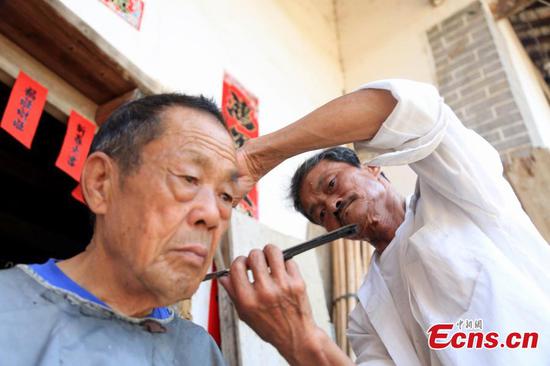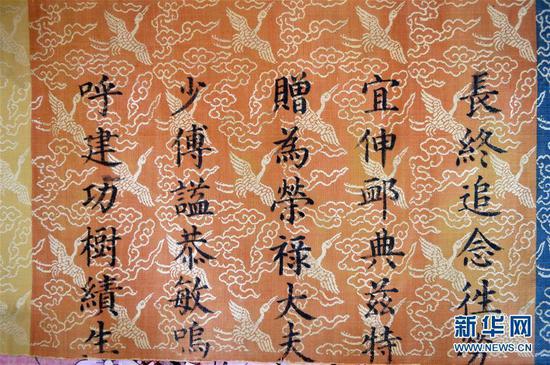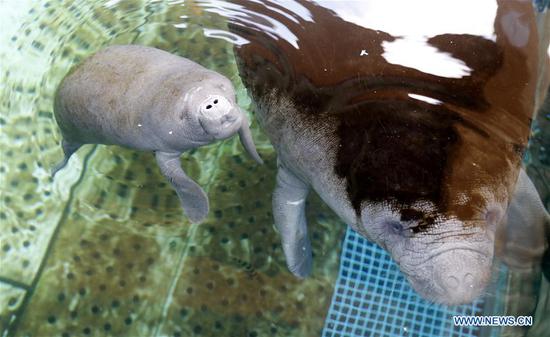U.S. researchers said Thursday they have successfully reversed the hallmarks of aging in live mice using a technique called cellular reprogramming.
What's more, the approach extended the lifespan of mice with a premature aging disease called progeria by 30 percent, they reported in the U.S. journal Cell.
"Our study shows that aging may not have to proceed in one single direction," Juan Carlos Izpisua Belmonte, a professor at the Salk Institute's Gene Expression Laboratory and senior author of the study, said in a statement.
"It has plasticity and, with careful modulation, aging might be reversed," said Izpisua Belmonte.
Cellular reprogramming is a process that involves inducing the expression of four genes, called Yamanaka factors, to allow scientists to convert any cell into induced pluripotent stem cells, which are capable of dividing indefinitely and becoming any cell type present in our body.
For cells to reach pluripotency, the expression of Yamanaka factors typically takes two to three weeks.
However, previous efforts involving cellular reprogramming resulted in mice that either died immediately or developed extensive tumors.
In the new study, the Salk team used a partial cellular reprogramming approach, which induced expression of Yamanaka factors for just two to four days, to avoid tumors or death and improve aging characteristics.
This method will not lead to cells that reach pluripotency. Rather, a cell that starts off as a skin cell remains a skin cell, but signs of age-associated dysfunction in the cell will diminish.
When they examined skin cells from mice with progeria using this approach, the cells showed reversal of multiple aging hallmarks without losing their skin-cell identity.
Encouraged by this result, the team used the same method to treat live mice with progeria, which delivered "striking" results.
Compared to untreated mice, the reprogrammed mice looked younger; their cardiovascular and other organs improved and, most surprising of all, their lifespan went from 18 weeks to 24.
The Salk scientists turned their efforts to normal, aged mice and found the induction of the Yamanaka factors for a short period of time also led to improvement in the regeneration capacity of pancreas and muscle of the animals.
"Obviously, mice are not humans and we know it will be much more complex to rejuvenate a person," says Izpisua Belmonte. "But this study shows that aging is a very dynamic and plastic process, and therefore will be more amenable to therapeutic interventions than what we previously thought."
The researchers explained their partial reprogramming approach works by alerting the genome's chemical marks, known as epigenetic marks, which change over a lifetime in response to environmental changes, regulate and protect the genome.
"This work shows that epigenetic changes are at least partially driving aging," said first author Paloma Martinez-Redondo, a Salk research associate. "It gives us exciting insights into which pathways could be targeted to delay cellular aging."
The researchers believed that induction of epigenetic changes via chemicals or small molecules may be the most promising approach to achieve rejuvenation in humans.
However, they cautioned that, due to the complexity of aging, these therapies may take up to 10 years to reach clinical trials.


















































